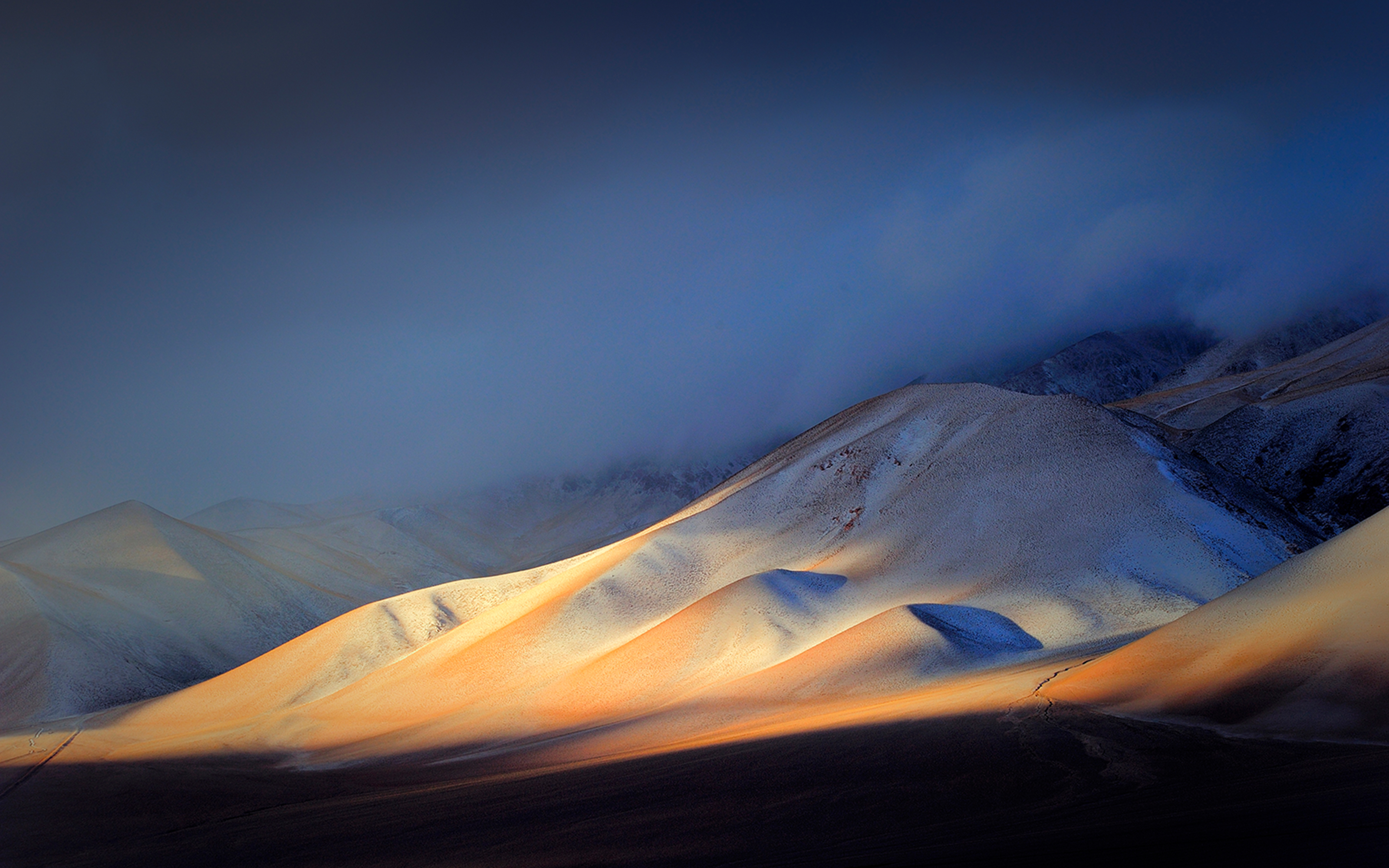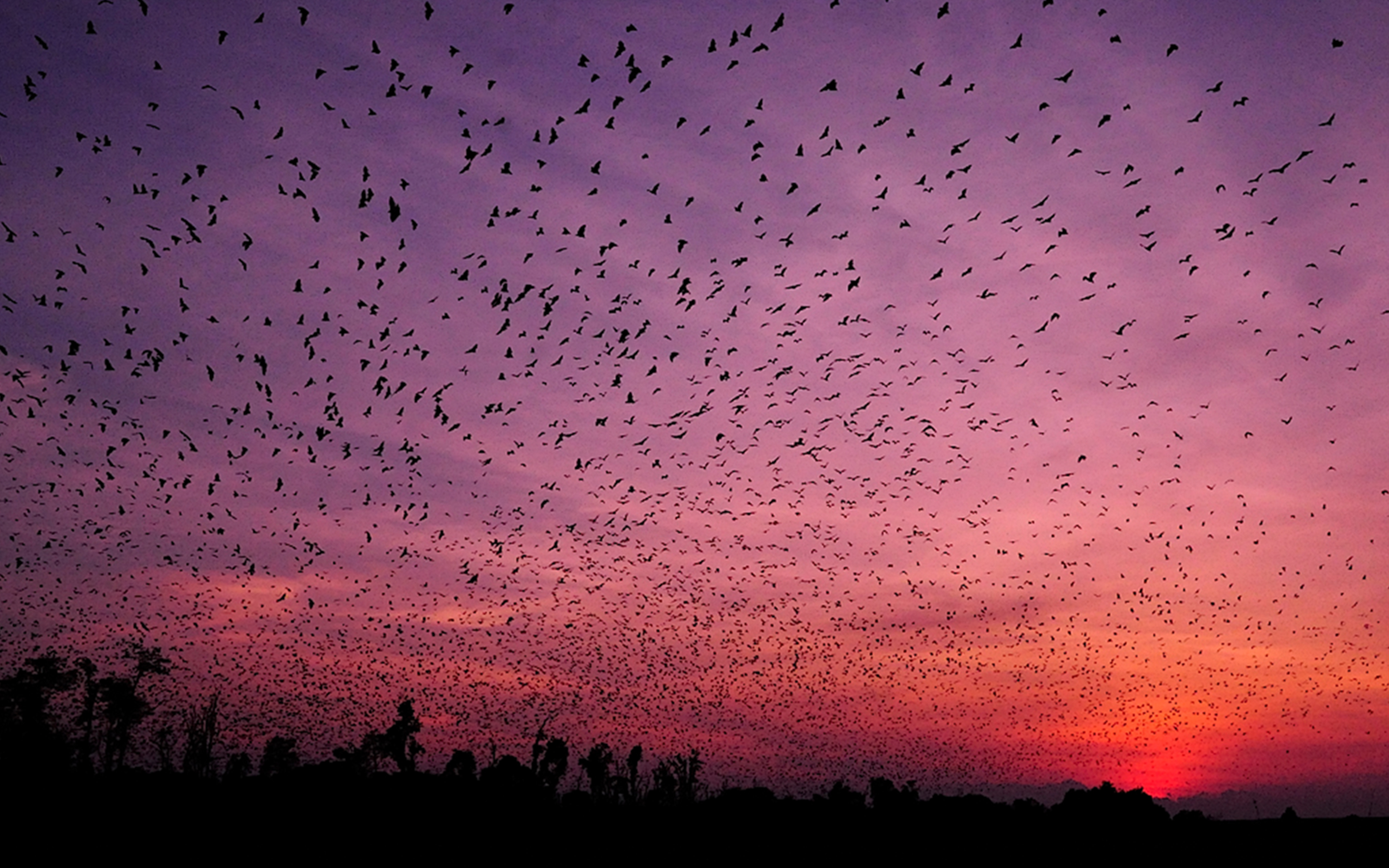

Torres del Paine National Park, Chile – July 2013
Jul 2013
By: Laura Crawford Williams
It’s 5:45am and we’re loading up our equipment in the dark. It’s winter in South America and the temperature is hanging around 32F. There’s a light a breeze making it feel just a bit cooler. It may not be too cold for some, but I’m dressed like the Michelin man in preparation for a long day out in the elements. We’re headed to Torres del Paine National Park, an amazingly beautiful place known for its large population of puma. It’s a 45-minute drive from our cabin and I can’t help but fall asleep in the back of our SUV. The winter days are short, but for us they are intense, with an average of 8-10 hours in the field. We hike most of the day, climbing and walking the mountainous landscape. We’re cold as we sit watching for puma, but hot and sweaty as we move from hill to hill. It’s impossible to regulate your temperature in these conditions! Each night, when we return to our cabin, we find the energy to download images/videos, prepare for the following day, make dinner, and then clean up! By 5am the next morning, we’re up and at it again. This continued for 12 days this year. But, nothing could stop us from finding and photographing some of the famous pumas of Torres del Paine National Park.

This is the second year German and I have traveled to Torres del Paine looking for puma, but this year’s trip was very different from the last! The first difference was snow…

Last year, an unusual snowstorm hit just as we arrived, leaving us with a foot of snow on the ground. Snow and ice created challenging driving conditions on mountainous roads. On one occasion, I spotted a Magellanic Woodpecker pecking on a snow-covered tree. Unfortunately, I yelled, “Magellanic!” This exclamation caused German to hit the brakes and, as a result, we slid around on a steep, snow-covered hill. As we finally came to a stop, German was muttering a few choice words. I was ordered out of the car as he and Jorge began trying to get us out of this mess. I started to photograph the woodpecker, but felt too guilty for scaring German. In other words, I missed the photo.


This year we didn’t have any snow at all. Too bad, I would have liked to photograph pumas in the snow.
The second difference was wind… Last year, the wind roared making it impossibly cold and creating impassable snowdrifts. One evening, as we made our way back to the cabin, a car ahead of us became stuck in a rather large drift. The wind was howling and ice crystals filled the sky as we worked to pull them out. We were successful, but it was obvious that we wouldn’t be able to travel the remaining distance to our warm, cozy cabin.

Snowdrifts covered the road and blocked any progress for miles. Our only option was to head back to the nearest ranger station and hope they had a place we could stay for the night. We had a few sleeping bags and granola bars, but little else. As it turned out, the only place to stay was a dilapidated house with one very dirty mattress, no running water, and a tiny wood stove too small to heat anything but a pot of water. We pulled on every bit of clothing we had and setup for the night. Since we didn’t have enough sleeping bags for everyone, Jorge volunteered to sleep under the fabric of a tent. Several times, in the middle of the night, I heard the crinkly tent material thrash and scratch about. The next morning he informed us there were active and friendly mice on his side of the house. For me, the difficulty was no bathroom. By 4 am, I needed the little girls room but refused to go outside alone, in the dark, where hungry puma were actively hunting. (I’m the perfect puma-sized meal!) The Patagonian winds were mild and temperate this year, making working conditions so much more pleasant!

The third, final, and most important difference was puma… Last year, in addition to suffering so many trails and tribulations, we never found a puma.

Despite the fact, that our guide was one of the most experienced puma trackers in the area, as well as park ranger, the unusual weather changed all normal behavior. We were frustrated because we found tracks everywhere in the snow, but the pumas that left these tracks were nowhere to be found. This year our record was very different. We spotted 7 puma in 12 days. Most of the puma were far away and photography was difficult. The park has very strict guidelines about approaching wildlife and we were very careful to respect those rules and avoid stressing the animals. In the end, we had one beautiful session with a brother and sister as they lounged on top of the tell tale rocks along Sarmiento Lake. The small amount of time we spent with them made the entire trip worthwhile. The animals were patient, cooperative, and the setting was amazing!
Special thanks go out to Jorge Casanave, our indispensable right hand man, as well as, to Heriberto Sebastian Yaeger Hernandez and Roberto Donoso our amazing guides! Another big thanks goes to Claudio Almarza, who’s advice and instruction was greatly appreciated!
